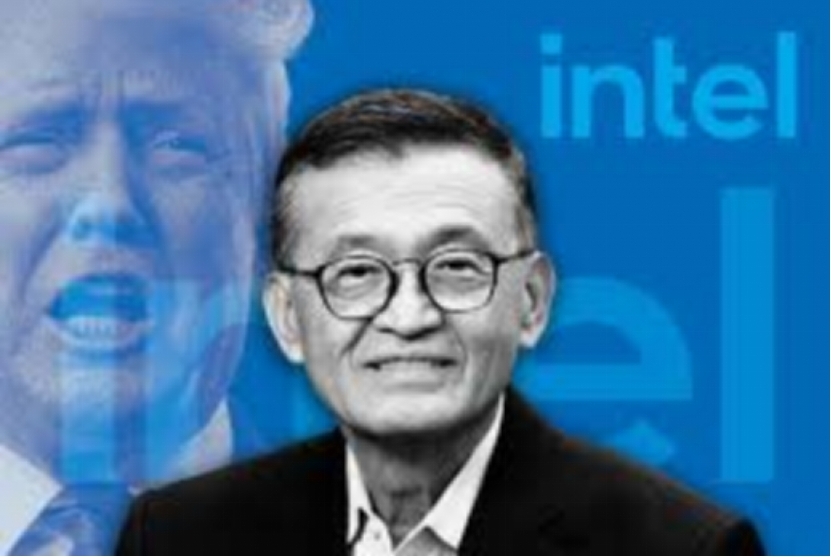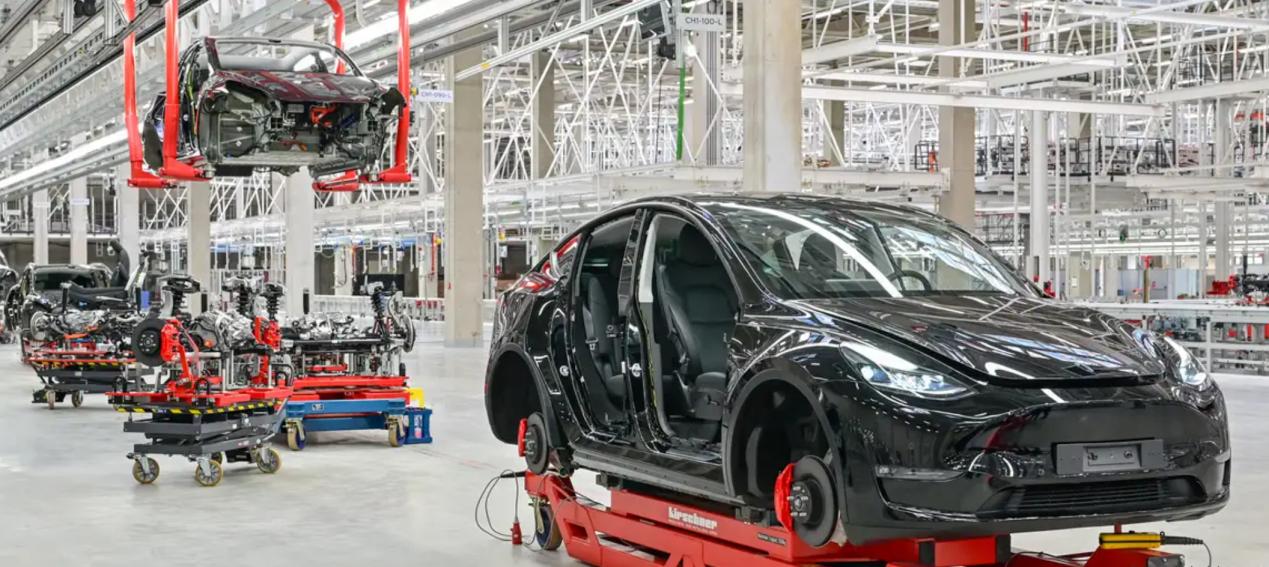
Intel's stock price staged a dramatic reversal on August 14th, surging 7.4% in a single day and rising another 4% after hours. The catalyst for this rally came from an exclusive Bloomberg report: the Trump administration is in advanced negotiations with Intel, considering a government equity injection to rescue its stalled Ohio chip plant project.
The news ignited market enthusiasm, with the Stocktwits platform's retail sentiment index soaring to "extremely optimistic" territory (96/100) and a 200% surge in 24-hour discussion volume. However, behind this surge lies Intel's unprecedented financial difficulties: the company suffered a $2.9 billion loss for the sixth consecutive quarter, its longest losing streak in 35 years. With $50 billion in debt and only $21 billion in cash reserves, its net leverage ratio has climbed to a historic high of 3.2 times. Moody's downgraded its senior unsecured rating as a result, forcing new CEO Lip-Mo Chen to initiate a radical restructuring: 15% of global employees (approximately 13,000 employees) were laid off, management levels were reduced by 50%, and multi-billion dollar fab construction plans in Germany and Poland were urgently halted.
The Ohio project, once touted by Intel as "the world's largest chip manufacturing facility," now epitomizes its financial crisis. The $100 billion investment plan, launched with much fanfare in 2022 and promising to build eight wafer fabs, has been steadily scaled back due to technological challenges and cost pressures. The project's production start date was postponed from 2025 to the "2030s," and the project was ultimately scaled back, with the first phase alone costing $28 billion. This clash of industrial ambitions and financial realities has forced Intel to seek government assistance. The Trump administration's interventionist approach is becoming a formula: following its involvement in the sale of U.S. Steel with "golden shares" and the Department of Defense's $400 million investment in rare earth producer MP Materials, this latest equity investment negotiation is bundled with conditions like a guaranteed purchase agreement and low-interest loans. This nominally ensures "taxpayer funds are tied to strategic outcomes," but in reality blurs the traditional boundaries between market and government.
Ironically, just days before the negotiations, Trump publicly demanded the resignation of Lip-Bu Chen, accusing him of being "too deeply entangled with Chinese business interests" during his tenure as CEO of Cadence Design Systems. However, the White House statement following the meeting described the negotiations as "frank and constructive," a rare display of political sleight-of-hand in business history.
Even more deeply rooted is the inherent rift within this policy mix: while the White House is using taxpayer funds to support Intel, it is also imposing a 15% tax on Nvidia and AMD chip exports to China, artificially distorting market competition.
This paradox of "subsidies plus tariffs" exposes the fundamental dilemma of the U.S. semiconductor strategy: it simultaneously upholds the banner of free market competition and is deeply mired in a path of government intervention. Intel's technological shortcomings remain unresolved: its foundry profit margin fell to -72% in the second quarter of 2025, and it remains far behind Nvidia and AMD in the AI chip sector.
As of August 15th, 71% of retail investors believed the government equity investment deal would be completed, but state capital has never truly saved technological competitiveness. The Ohio factory delay is essentially a reflection of market doubts about Intel's technological path and business model. As the White House uses political capital to endorse the company, the dream of American chip independence is exposing its core contradiction: the gap between the slogan of free markets and the reality of state intervention, which is putting taxpayers' wallets and the future of technological innovation at stake.

The global electric vehicle market in 2025 is experiencing intense turbulence. Tesla, once a disruptor that reshaped the industry landscape, is now mired in an unprecedented sales crisis.
The global electric vehicle market in 2025 is experiencing …
Recently, Chinese telecom companies Huawei and ZTE signed a…
Recently, according to Xinhua News Agency, Israel's air str…
A strongly worded report from the Equality Trust argues tha…
On November 27, 2025, Alibaba officially entered the global…
The focus of the global financial market in 2025 has always…